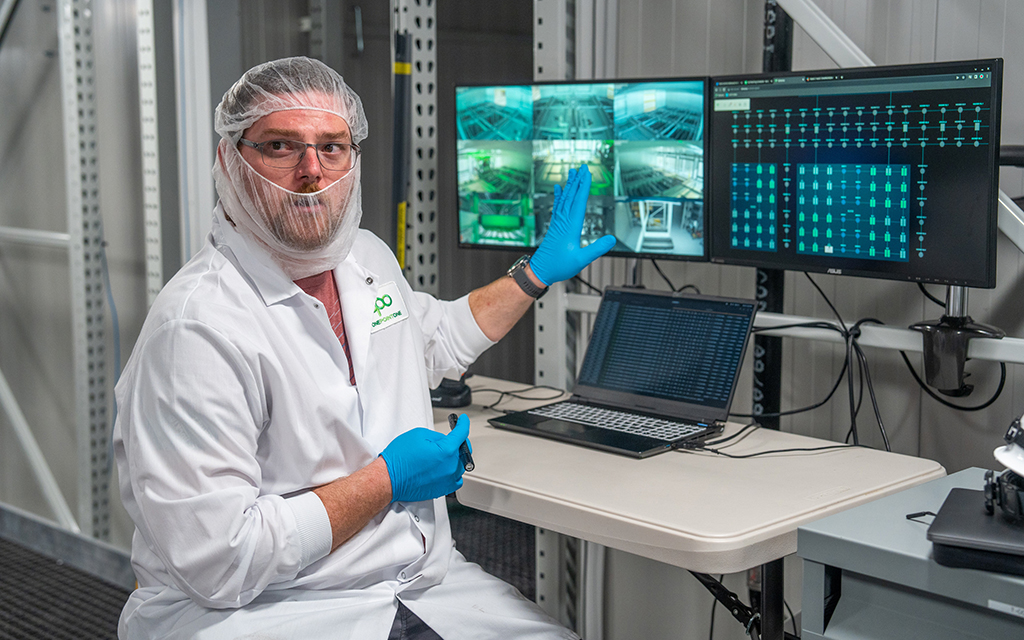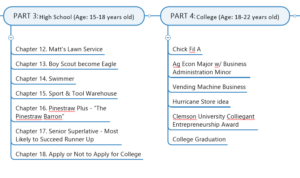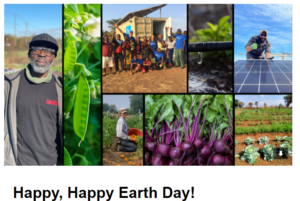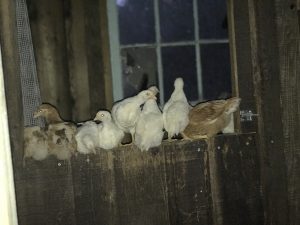AVONDALE – Imagine a farm that grows crops on platforms in a controlled environment, uses 99% less water than a traditional farm and grows seasonal produce year round – all without soil or anyone driving a tractor.
This is the goal of OnePointOne, a 12,000-square-foot “vertical farm” in an Avondale industrial park that grows kale, arugula, spinach, basil, dill, baby leaf lettuce and strawberries. Vertical farming grows produce in vertically stacked layers rather than horizontally in an open field. The practice can use soil, hydroponic or aeroponic growing methods.





The Silicon Valley startup was launched in 2017 by brothers Sam and John Bertram, who studied engineering at Santa Clara University in California and sought to provide a healthy food source that would alleviate hunger.
In a news release issued by Avondale, CEO and co-founder Sam Bertram said “1.1 billion people entered the millennium hungry. This is a startling truth my brother and I discovered, which inspired us to create OnePointOne and Willo Farm.”
“We knew we needed to do something big and impactful, so we set out on a mission to unleash the power of plants on human health to nourish and heal humanity.”
OnePointOne is not the first vertical farm in Arizona; others are located in shipping containers and greenhouses, which make for easily controlled environments.
A box of joi choi brassica packaged by Willo Farm at OnePointOne in Avondale. (Photo by Samantha Chow/Cronkite News)
With artificial intelligence technology, the OnePointOne farm is tended by autonomous robots responsible for inspecting the plants and managing the crops. Bertram told Cronkite News that operators can control environmental factors on a computer up to 2,000 miles away.
OnePointOne uses vertical-plane aeroponics, which grows plants in an environmentally pristine environment using mostly air. Tall columns consisting of growboards that contain individual plant pods allow plants to be grown in an environment consisting only of air and a nutrient-packed mist with no soil and very small amounts of water.
“This system is by far the most advanced and efficient compared to any other across the globe,” Bertram said. “Plants grown in this manner have proven to absorb more minerals and vitamins – making the plants healthier and more nutrient dense.
“This method paired with full automation capabilities, AI and robots is incredibly reliable and consistent and results in much greater yields compared to other vertical farm technologies, such as hydroponics or aquaponics.”
Because plants are grown vertically rather than horizontally, a significant number of crops are able to be produced with fewer resources, including water.
OnePointOne’s website says that’s 250 more plants per acre than a traditional farm.
Aside from greater crop production, the indoor farm has the ability to grow seasonal produce year round, produce hybrid crops and harvest and deliver produce in a short timeframe.
The vertical farm uses significantly less water than traditional farms. Irrigated agriculture is the largest user of water in Arizona, consuming about 74% of the available water supply, according to the Arizona Department of Water Resources.
Water is an existential issue for the state, with the two major reservoirs on the Colorado River at historic lows and more cutbacks expected for central Arizona farmers. Nearly 47% of Arizona is classified as in moderate drought, and nearly 13% is in severe drought.
Scott Hunter, lead engineer of robotic operations for OnePointOne, shows how the cameras help monitor crop health at the vertical farm in Avondale. (Photo by Samantha Chow/Cronkite News)
Kevin Fitzsimmons, a professor of environmental science at the University of Arizona Controlled Environment Agriculture Center, said vertical farming could help Arizona’s water outlook.
“We only use 10 to 20% as much water in vertical farming than we would if we were doing field crop agriculture,” he said. “In a drought situation – that’s critical, if we can get five to 10 times as much product out with the exact same volume of water.”
Additionally, the production rate of vertical farming can lead to economic benefits and reduced food waste.
“You can get fresh produce year round, on things that otherwise would be seasonal, so if you want to look on a macro scale, it’s going to impact imports on fruits and vegetables that we bring in from other countries,” Fitzsimmons said.
“I think this is going to be one of the ways that we’re going to produce more food to feed people. Because it can be harvested so fresh and delivered so quickly, it will help to reduce the loss and spoilage that we have.”
OnePointOne does not distribute its produce to local grocers, rather a subsidiary, Willo Farm, distributes it straight to people’s front doors.
OnePointOne’s vertical farm in Avondale is fully encased, with cameras monitoring the crops and robotics maintaining them to limit human contact. (Photo by Samantha Chow/Cronkite News)
Bertram said the vertical farm has the potential to grow the “highest quality plants on the earth … produce that is a step beyond organic.”
The Environmental Protection Agency defines organic food as that grown and processed using no synthetic fertilizers or pesticides. Organic food may still use pesticides and herbicides, but the pesticides must be derived from natural sources, such as biological pesticides, and not contribute to the contamination of crops, soil or water. Formaldehyde, for example, is an approved biological pesticide.
Bertram said OnePointOne produce is non-GMO and free of pesticides, herbicides and fungicides, and grown free of pollutants, devoid of pests and virtually free from human interaction.
But despite the benefits, the process has drawbacks.
OnePointOne utilizes custom, modular and mobile LED lighting. Lighting is automated and creates an ideal environment for the plant, responding to each crop’s unique requirements adjusting as needed. The benefit is the amount of light is controlled, which creates a more consistent and predictable product.
But Bertram said the energy requirements are not very sustainable and is an issue that the vertical farm has yet to solve.
“We don’t like how much electricity we use, but nothing’s a panacea,” he said. “We have to really be mindful about what problems we solve and when.”


